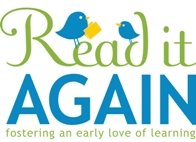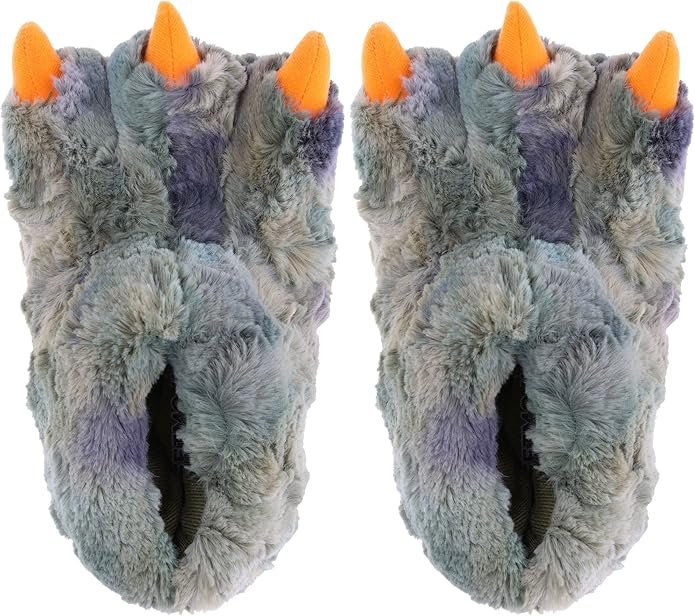Story-Based Play- “Wild Things” Edition
All images are linked. If you purchase something through one of our links, you won't pay a penny more, but we’ll earn a tiny commission.
Change it Up
Using what the story told them about the characters setting or plot, during play, you may see your child add to the story, question parts of the story, or come up with a new problem for the characters to work through. These observations allow your child to move beyond the story for play.
Skills Acquired or Practiced:
inferencing
predicting
comprehension
problem-solving
When you read your child a great story, you set the stage for Story-Based Play. I always suggest that you read the story multiple times before introducing toys.
The only work on your part is taking the time to gather up a few toys (or even non-toys like spoons or buckets).
Retell
Use stickers to retell or act out favorite parts of the story. Your child’s familiarity and fondness will make it easy for their imagination to take over, turning the toys into actors or props that unfold the learning without your child even realizing it’s happening.
Skills Acquired or Practiced:
order of events
comprehension
character traits
conflict
Spark Creativity
Use the story and toys as a source of inspiration for creative pursuits. This type of play could include drawing or painting scenes or characters from the story. Maybe a story map is created. Songs or chants are also fun to come up with and often contain vocabulary from the story and rhyming words.
Skills Acquired or Practiced:
creativity
critical thinking
problem-solving
Skills Acquired or Practiced
creativity
critical thinking
problem solving
Add these stickers to note cards cut in half, one sticker per card. Put them in a basket and draw one card at a time. You must act out the card you draw! Quick, Easy & Fun!















